Religious Mysteries: 8 Alleged Relics of Jesus
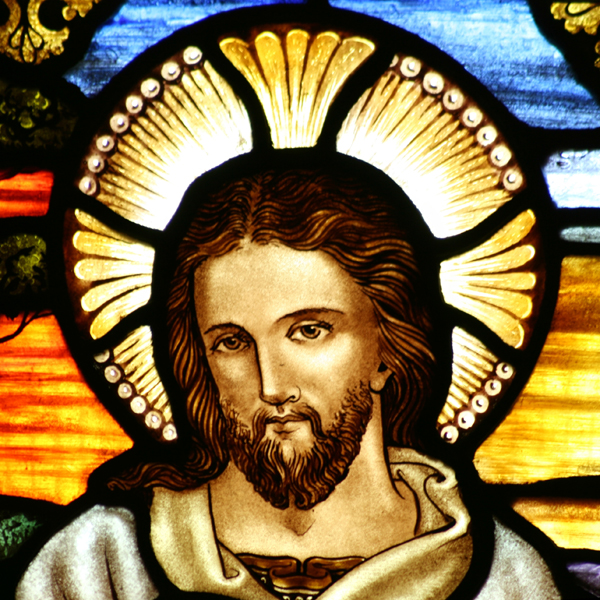
Religious Relics
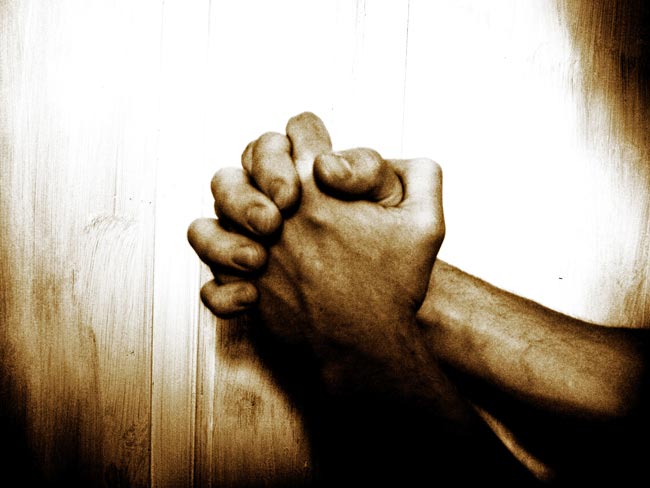
Whether it's seeing Jesus in a piece of toast (as one woman reported in 2004) or venerating Christ's foreskin (yes, really), people seem to have a need to get close to objects associated with the founder of Christianity. Here are some of the relics that have earned a place in churches and cathedrals around the world.
The True Cross
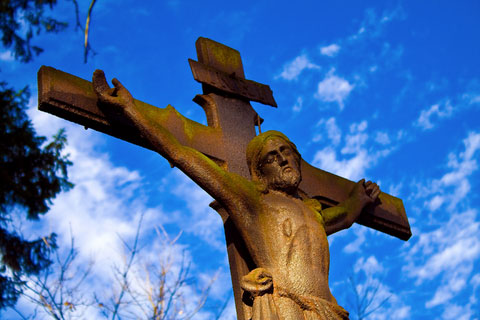
The cross Jesus died on is a powerful symbol for Christians, so it makes sense that the actual cross would be an object of great veneration. According to accounts by fourth-century church historian Socrates Scholasticus, the Roman emperor Constantine's mother demanded that the church built on Christ's supposed crucifixion site be demolished, uncovering three crosses below. True or not, hundreds of scraps of wood venerated as pieces of the True Cross spread across Europe. French theologian John Calvin of Protestant Reformation fame once dryly noted the sheer volume of these relics.
"In brief, if all the pieces that could be found were collected together, they would make a big ship-load," Calvin wrote. "Yet the Gospel testifies that a single man was able to carry it."
The Veil of Veronica
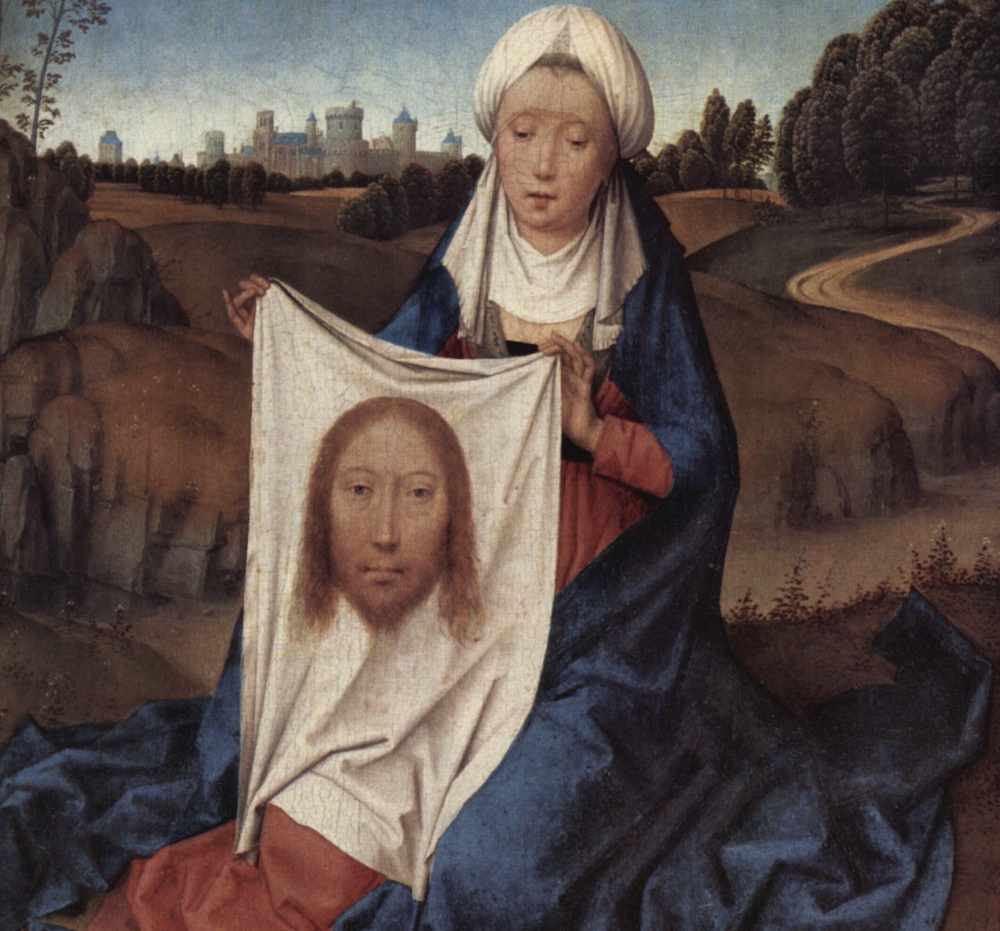
Another famous piece of cloth, the Veil of Veronica is supposed to bear an image of Jesus' face. The legend goes that as Jesus carried the cross before the crucifixion, Saint Veronica wiped sweat from his brow with her veil. Miraculously, Christ's face appeared on the fabric.
The problem is that this legend doesn't show up in writing until the Middle Ages. There was certainly a veil with Jesus' face hanging in Rome by the 13th century that was said to be the Veil, but the history of that cloth is spotty. Copies of the Veil were made until the 1600s, when the Pope forbade further copying and ordered all existing copies destroyed. Today, St. Peter's Basilica holds a veil said to be the one displayed in the Middle Ages, but it is not on public display.
The Crown of Thorns
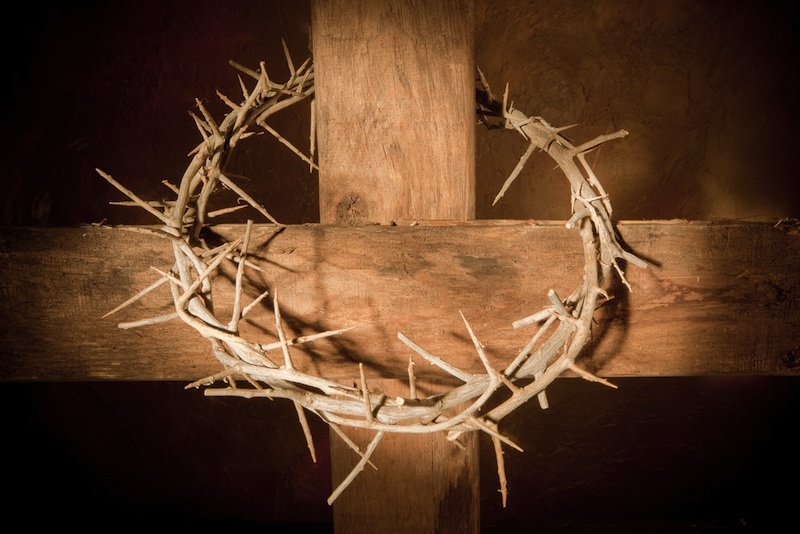
Biblical accounts state that Roman soldiers mocked Jesus by placing a crown of thorns on his head before his death. Today, this very crown is allegedly housed at the Notre Dame Cathedral in Paris. According to Notre Dame officials, the crown cannot be authenticated, but it is still revered. Today, the crown is kept bundled in gold thread and is presented to believers for veneration on the first Friday of each month and every Friday during the pre-Easter period of Lent.
The Sudarium of Oviedo
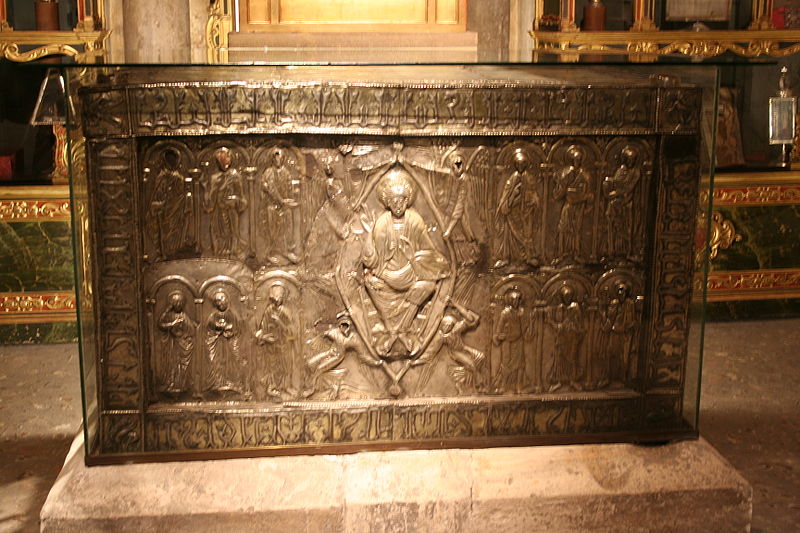
At the Cathedral of San Salvador in Spain rests a bloody cloth said to have been wrapped around the head of Jesus after he died. Put on public display only three times a year, the Sudarium has been posited to be a matching set with the Shroud of Turin, though its authenticity is just as debated.
Crucifixion Nails
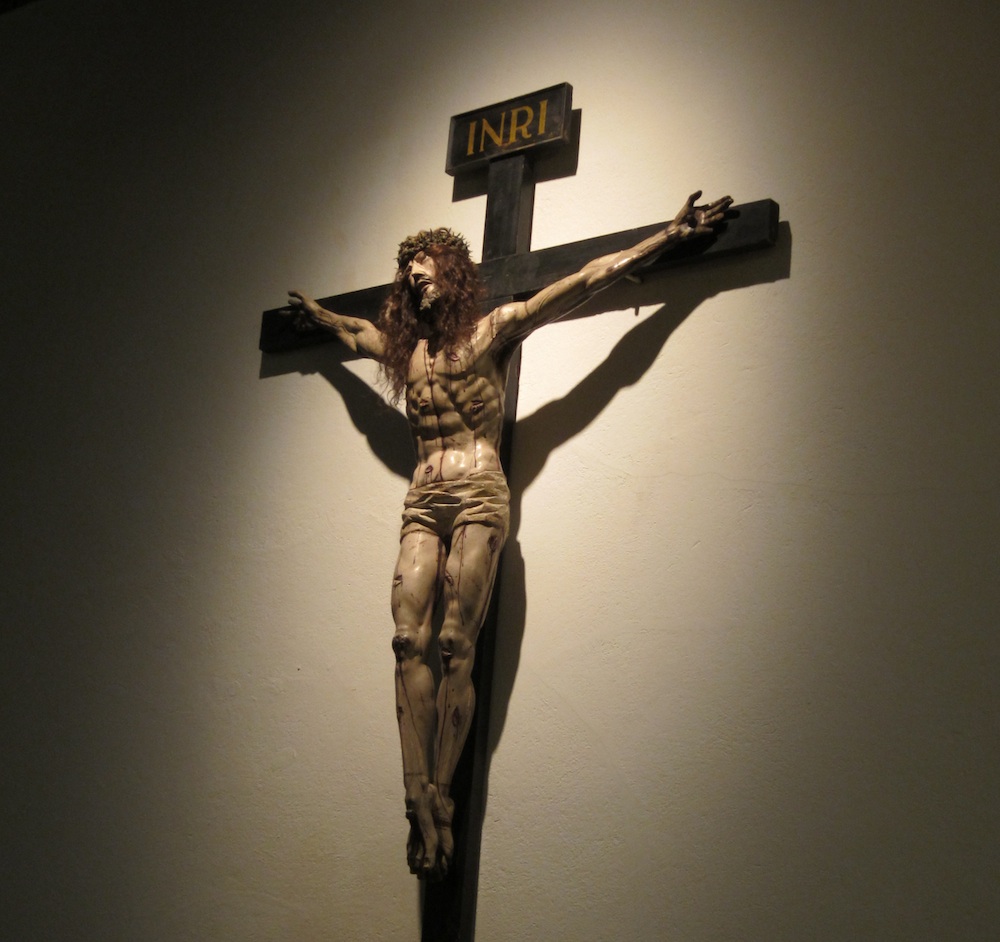
Believers debate whether three or four nails were used to crucify Jesus, but according to the Catholic Encyclopedia, no fewer than 30 nails have been venerated as relics of Christ's death. Early Christian Theodoret wrote that Constantine's mother made her son a gift of a "portion of the nails" to insert into his helmet and into the bridle of his horse to protect him from harm. The Iron Crown of Lombardy, an ancient circlet kept in a cathedral outside Milan, is rumored to be made of one of the original "Holy Nails."
The Holy Grail

The subject of both a Monty Python and an Indiana Jones movie, the Holy Grail is supposed to be a chalice used by Jesus at the Last Supper before his death. Traces of the Grail legend can be found in Celtic myth, which occasionally featured miraculous cauldrons. The first written legend of the Grail dates from the 1100s as an incomplete poem that tells the story of a knight named Perceval who saw the sacred object at a mystical feast. The Grail inspires inventive storytelling even today: In Dan Brown's "The Da Vinci Code," the Grail is (spoiler alert!) the remains of Mary Magdalene, buried beneath the Louvre in Paris.
The Holy Prepuce
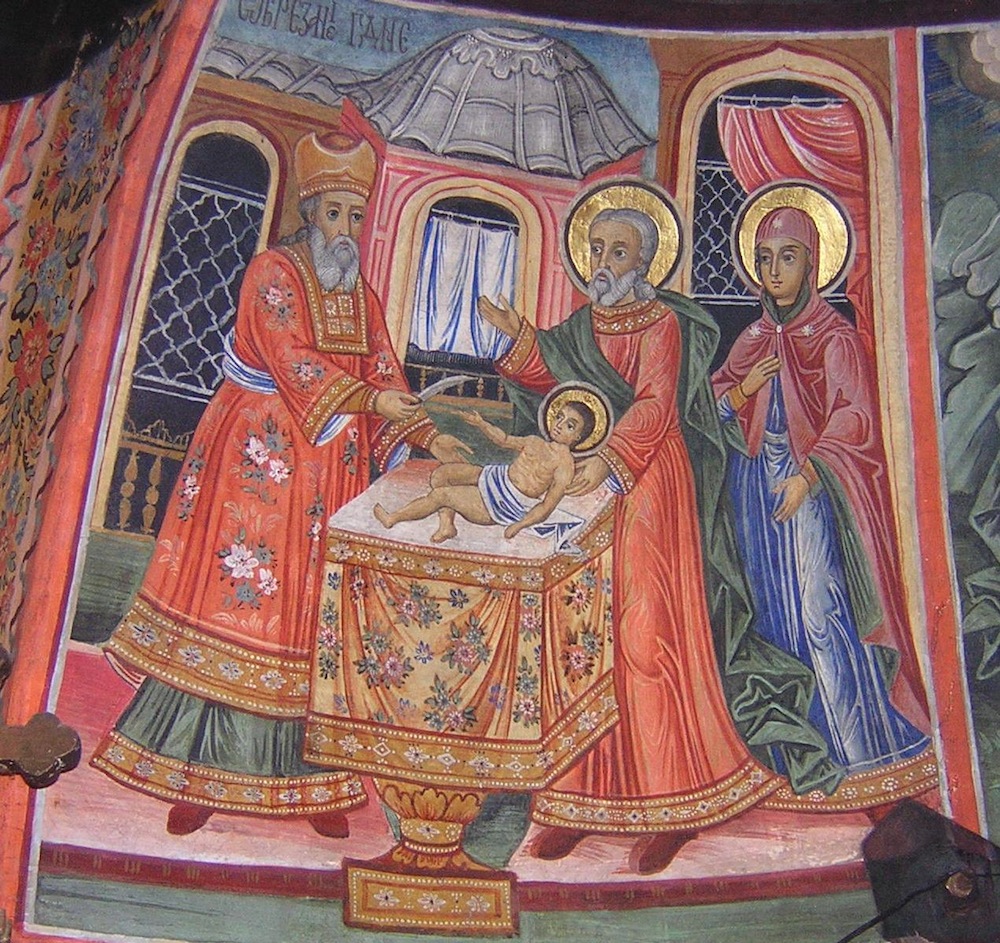
Perhaps the strangest holy relic is the Holy Prepuce, otherwise known as the Holy Foreskin. Jewish tradition would have called for Jesus to be circumcised, and the apocryphal text the Arabic Infancy Gospel holds that the foreskin was saved in an alabaster box. In the Middle Ages, foreskin "relics" multiplied like rabbits, with as many as 18 circulating in Europe at the same time. Clearly sick of controversy, the Catholic Church declared in 1900 that anyone even talking about the Holy Prepuce would be excommunicated. As far as anyone knows, there are no more Holy Foreskins in existence.
The Shroud of Turin
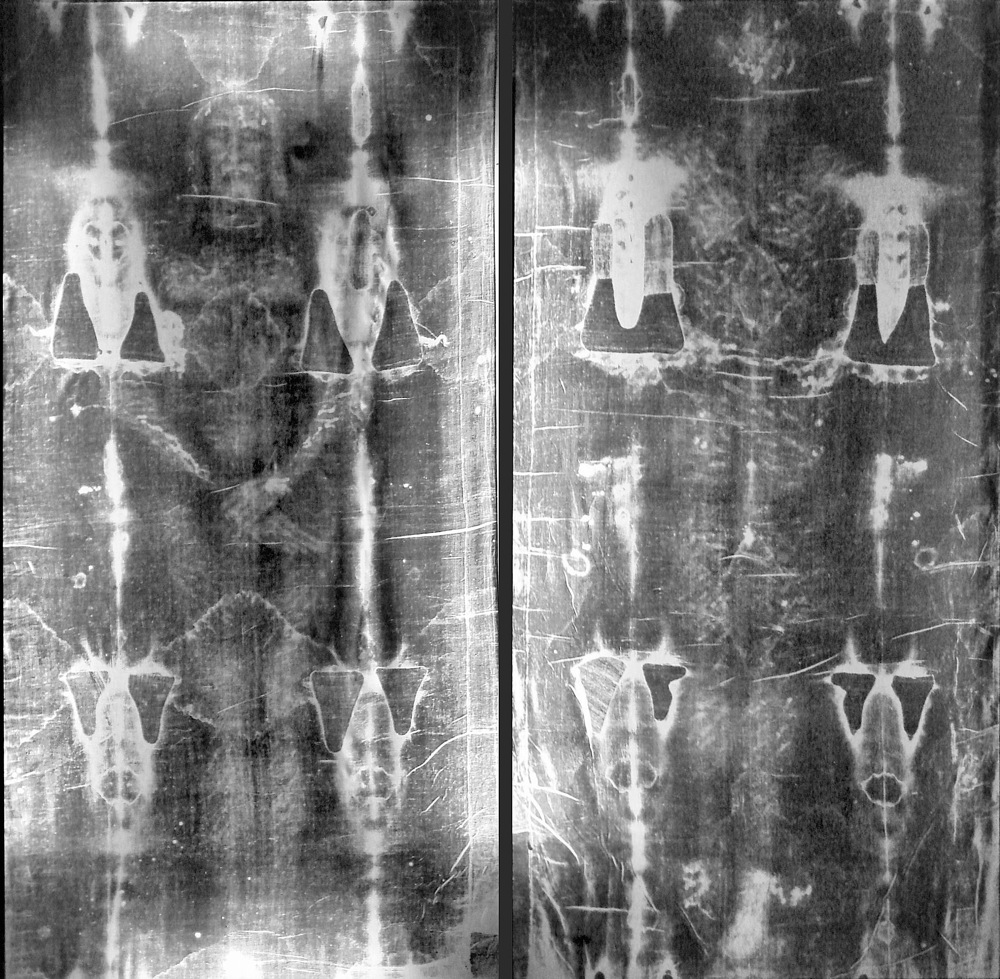
Radiocarbon dating suggests that this piece of cloth that allegedly wrapped the body of a crucified Jesus Christ is nothing more than a medieval forgery, created to scam 14th-century believers. If it was a scam, it was a good one: Centuries later, debate still rages about the authenticity of the Shroud of Turin. The cloth is currently kept in the chapel of the Cathedral of Saint John the Baptist in Turin, Italy.
Sign up for the Live Science daily newsletter now
Get the world’s most fascinating discoveries delivered straight to your inbox.

Stephanie Pappas is a contributing writer for Live Science, covering topics ranging from geoscience to archaeology to the human brain and behavior. She was previously a senior writer for Live Science but is now a freelancer based in Denver, Colorado, and regularly contributes to Scientific American and The Monitor, the monthly magazine of the American Psychological Association. Stephanie received a bachelor's degree in psychology from the University of South Carolina and a graduate certificate in science communication from the University of California, Santa Cruz.
Scientists built largest brain 'connectome' to date by having a lab mouse watch 'The Matrix' and 'Star Wars'
Archaeologists may have discovered the birthplace of Alexander the Great's grandmother
Elusive neutrinos' mass just got halved — and it could mean physicists are close to solving a major cosmic mystery










